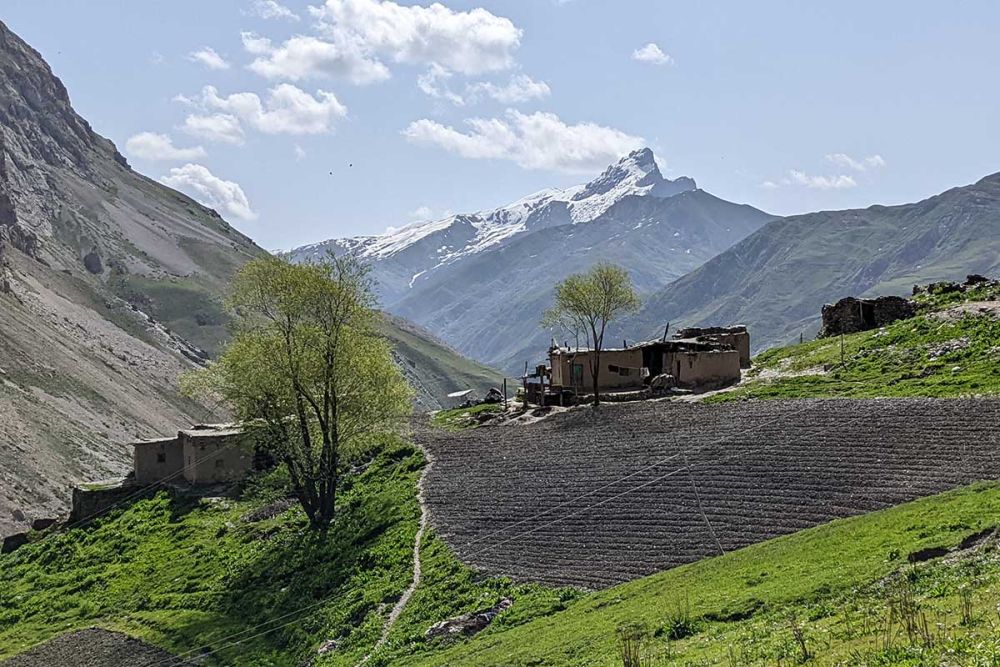

Nestled in the heart of Tajikistan, the Yaghnob Valley is a place of stunning natural beauty and ancient cultural heritage. Historically, the valley was relatively isolated, which helped preserve the unique Yaghnobi language, a direct descendant of Sogdian, an ancient Iranian language. Access to this remote area was limited, thus making its history intertwined with adventurers and researchers rather than conventional tourism.
Tourism began to trickle into the valley in the latter half of the 20th century. With the dissolution of the Soviet Union and the subsequent independence of Tajikistan in 1991, Yaghnob Valley became more accessible to travelers. The unique culture of the Yaghnobi people, their traditional lifestyle, and the breathtaking landscapes acted as the main attractions.
The early 2000s saw a gradual increase in eco-tourism. Hikers and nature enthusiasts started to venture into Yaghnob Valley to explore its pristine mountain trails and untouched natural scenery. In addition to eco-tourism, there's been a growing interest in immersive cultural experiences. Visitors are eager to learn about the local customs, participate in cultural exchanges, and understand the historical significance of the Silk Road that wound through Tajikistan.
In recent years, tourism trends in Yaghnob Valley have shifted towards sustainability and responsible travel. There is an increased emphasis on supporting local communities and preserving the natural environment. Homestays and community-based tourism initiatives are becoming popular, providing tourists with authentic experiences while contributing to the local economy.
Adventure tourism is also on the rise, with trekking, mountaineering, and exploring ancient ruins being some of the key activities. The government of Tajikistan and various NGO's are investing in infrastructure and marketing to promote Yaghnob Valley as a prime destination for intrepid travelers seeking off-the-beaten-path experiences.
Despite its potential, Yaghnob Valley faces challenges such as limited access due to rugged terrain and the need for better tourism infrastructure. Efforts are being made to create sustainable tourism models that protect the environment and lead to socioeconomic benefits for the Yaghnobi community.
As international interest in Central Asia grows, Yaghnob Valley stands out as a promising destination with significant cultural and environmental assets. With careful management and community involvement, it has the potential to become an exemplar of sustainable tourism in the region.
The Yaghnob Valley in Panjakent, Tajikistan, remains one of the most enchanting and less-traveled destinations in Central Asia. Its complex history and evolving tourism trends point towards a bright future for travelers seeking authenticity and unspoiled nature. As the world becomes more connected, the secrets of Yaghnob Valley and the resilience of the Yaghnobi people continue to captivate those fortunate enough to visit.